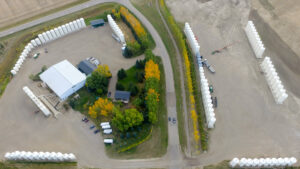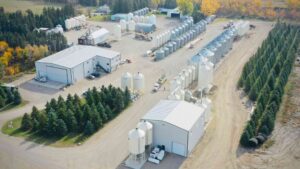The adoption of advanced technology holds immense value — no surprise there.
But I’ve often thought about the dilemma of justifying the cost of such advancements, and when to make those advancements. When does that tipping point occur? Why purchase more expensive equipment when a lower tier version will suffice?
In today’s seed processing industry, the adage “innovate or stagnate” has never been truer.
Thinking back to my former career working in farm equipment, I’m reminded of the advent of autosteer technology. When it was first introduced, some dismissed its significance, deeming it unnecessary. They argued, “I drive straight just fine; autosteer is for the lazy.”
Some labeled it a frivolous expenditure, a waste of resources. However, there existed a visionary minority — an early adopter — who saw beyond the surface. They recognized the inherent benefits: heightened precision, reduced overlap and resulting cost savings. To them, autosteer wasn’t merely a convenience; it was a tool for optimizing efficiency and maximizing profitability.
Possessing the latest and most cutting-edge technology not only ensures longevity but also potentially offers enhanced performance capabilities. Consider the example of incorporating AI into colour sorting equipment. Why wouldn’t one leverage such advancements to their advantage?
A particular case springs to mind — a departure from the norm, as we typically encounter scenarios involving entirely new equipment installations in plants. However, in this instance a facility owner opted for what he termed “reconditioned” used equipment. Despite this, he made the decision to invest in a new colour sorter.
Some may question whether he truly needed the latest and greatest, but his rationale makes sense — he wanted to avoid the pitfalls of obsolescence and the inconvenience of sourcing outdated parts. This mindset underscores a shift towards embracing innovation.
The contrast between investing in a brand-new colour sorter amidst a backdrop of aged machinery is indicative of a changing landscape where adaptability and forward-thinking are dominant. This reflects a strategic approach to modernization, even if it requires a financial commitment.
Ultimately, the adoption of advanced technology is not merely a financial investment; it is an investment in the future. By leveraging the latest advancements, processors can unlock new levels of efficiency, performance and profitability. The question is not whether to innovate but rather when and how to do so strategically.









